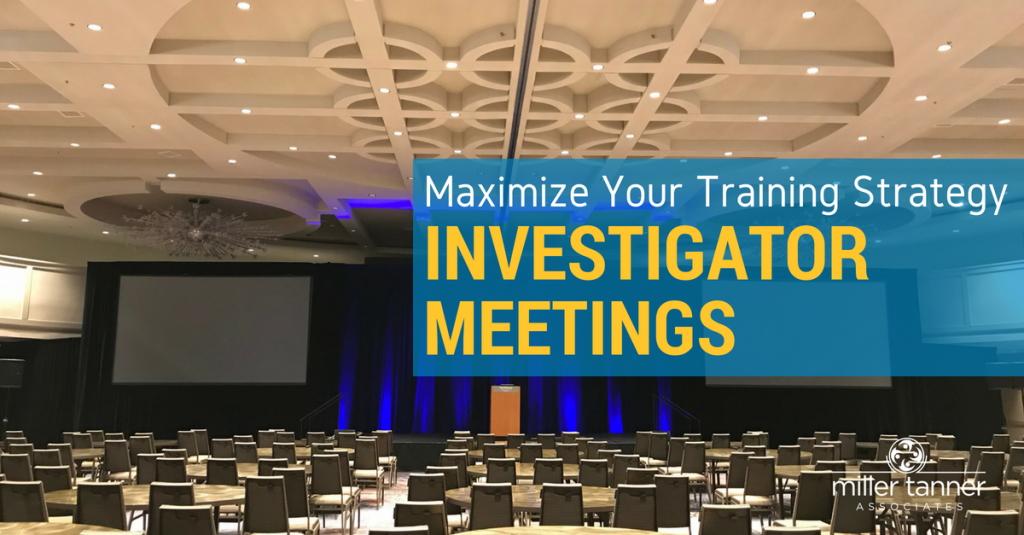
Training, continuity in training messages, and documentation of training are all critical components of a successful clinical study. The pharmaceutical industry invests significant spending in monies and resources to develop a molecule and to document the training of investigator site personnel regarding the clinical research study as is required by agencies such as FDA, EMA, PMDA, etc. With so much invested, Miller Tanner asks, your training strategy ensuring success?
Is your training approach a “one-shot-and-done” or “holistic”?
Investigator meetings usually include two people from each site to attend due to the costs associated. Those two attendees are expected to go back and train others. Sometimes as a follow-up, each site may receive a Site Initiation Visit (SIV) which includes training on the protocol and investigational plan from a monitor/CRA before the site starts enrollment. Often that concludes the site training. We know that sometimes the “one-shot-and-done” approach works and other times not so much.
Investigator meetings are still a good investment. Time and time again, follow-up surveys from the sites state that face-to-face time with the pharma company, medical scientists, and colleagues goes a long way to provide continuity in training messages, and networking to assist in best practices and to gain enthusiasm about the research. But we know change happens. How will you manage the study when change occurs? How will you handle protocol amendments? Do you share best practices across your sites? How will you account for attrition?
Although face-to-face investigator meetings are an integral part of the training process, in some circumstances it may not be enough. A “holistic” training plan provides many additional tools and methods that can be deployed over the course of an investigational study using virtual and hybrid options combined with our e-learning platform, VALTs.
To discuss a broader, “holistic” approach for training solutions, contact Miller Tanner Associates today. We can help you get the most out of your investigational study.

